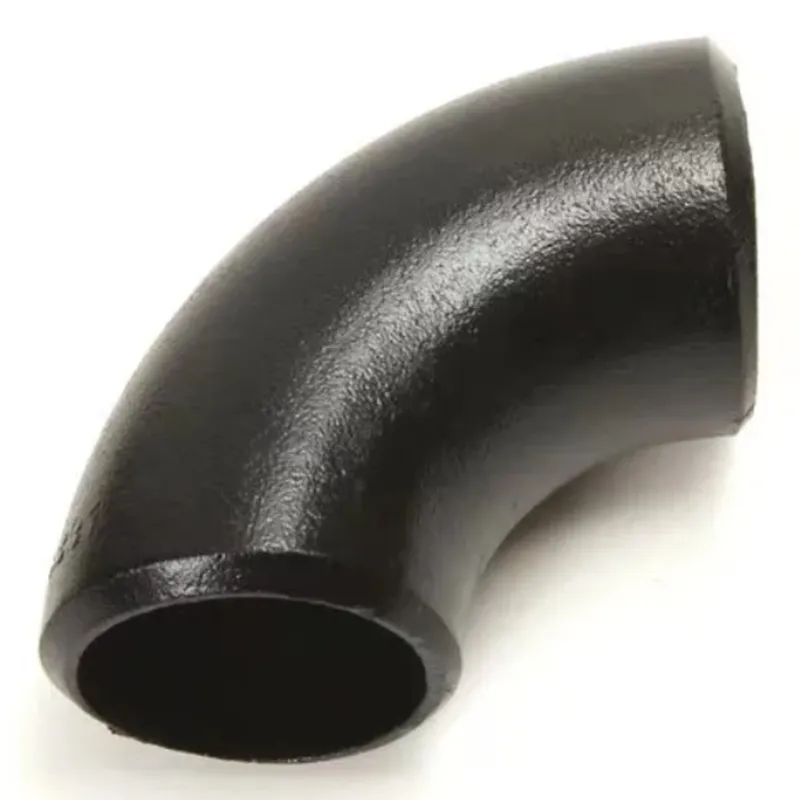-
Cangzhou Yulong Steel Co., Ltd.
-
Phone:
+86 13303177267 -
Email:
admin@ylsteelfittings.com
- English
- Arabic
- Italian
- Spanish
- Portuguese
- German
- kazakh
- Persian
- Greek
- French
- Russian
- Polish
- Thai
- Indonesian
- Vietnamese
- Zulu
- Korean
- Uzbek
- Hindi
- Serbian
- Malay
- Ukrainian
- Gujarati
- Haitian Creole
- hausa
- hawaiian
- Hebrew
- Miao
- Hungarian
- Icelandic
- igbo
- irish
- Japanese
- Javanese
- Kannada
- Khmer
- Rwandese
- Afrikaans
- Albanian
- Amharic
- Armenian
- Azerbaijani
- Basque
- Belarusian
- Bengali
- Bosnian
- Bulgarian
- Catalan
- Cebuano
- China
- China (Taiwan)
- Corsican
- Croatian
- Czech
- Danish
- Esperanto
- Estonian
- Finnish
- Frisian
- Galician
- Georgian
- Kurdish
- Kyrgyz
- Lao
- Latin
- Latvian
- Lithuanian
- Luxembourgish
- Macedonian
- Malgashi
- Malayalam
- Maltese
- Maori
- Marathi
- Mongolian
- Myanmar
- Nepali
- Norwegian
- Norwegian
- Occitan
- Pashto
- Dutch
- Punjabi
- Romanian
- Samoan
- Scottish Gaelic
- Sesotho
- Shona
- Sindhi
- Sinhala
- Slovak
- Slovenian
- Somali
- Sundanese
- Swahili
- Swedish
- Tagalog
- Tajik
- Tamil
- Tatar
- Telugu
- Turkish
- Turkmen
- Urdu
- Uighur
- Welsh
- Bantu
- Yiddish
- Yoruba

Dec . 05, 2024 01:49 Back to list
ansi b16 1 flange
Understanding ANSI B16.1 Flanges
Flanges are critical components in piping systems, designed to provide a method for joining two sections of pipe, valves, or equipment. Among the various standards governing flange design and construction, ANSI B16.1 has garnered significant attention within the industry. This standard pertains to cast iron pipe flanges and provides specifications for their dimensions, materials, pressure classes, and performance.
Overview of ANSI B16.1
The American National Standards Institute (ANSI) is a leading organization that oversees the development of voluntary consensus standards for products and services in various fields, including piping systems. The ANSI B16.1 standard specifically addresses the requirements for cast iron flanges. It covers integral flanges used in conjunction with cast iron piping and details the essential dimensions and pressure ratings necessary for ensuring reliable and safe connections in industrial applications.
Key Features of ANSI B16
.1 Flanges1. Material Specifications ANSI B16.1 flanges are typically made from various grades of cast iron, including ductile iron and gray iron. The choice of material affects the mechanical properties, corrosion resistance, and overall performance of the flange in specific environments. Cast iron flanges are highly favored for their strength, durability, and ease of fabrication.
2. Pressure Classes ANSI B16.1 outlines several pressure classes, which are crucial for determining the flange's suitability for different applications. The standard includes classifications such as Class 125 and Class 250, with the number indicating the nominal pressure rating at a specific temperature. Higher class ratings suggest a greater ability to withstand internal pressure and external forces.
ansi b16 1 flange

3. Dimension Standards The standard provides detailed specifications concerning the dimensions of flanges, including bolt hole spacing, flange thickness, and outside diameter. These dimensions ensure compatibility with piping systems and allow for secure and leak-proof connections. Consistent dimensional standards facilitate interchangeability among different manufacturers, promoting efficiency in procurement and assembly.
4. Gasket and Bolt Considerations Flanges are typically used with gaskets to provide a seal between mating surfaces. ANSI B16.1 does not cover gasket specifications but recommends the use of appropriate materials to ensure a tight seal. Additionally, the standard suggests guidelines regarding the type and size of bolts to be used with the flanges, which are critical for maintaining the integrity of the joint under varying pressures and temperatures.
Applications
ANSI B16.1 flanges are widely used in various industries, particularly in water treatment, wastewater management, and HVAC systems. Their robust construction makes them suitable for handling fluids and gases at moderate pressures. Additionally, cast iron flanges are often found in municipal piping systems, where they provide long-lasting performance and require minimal maintenance.
Conclusion
The ANSI B16.1 standard serves as a cornerstone for the design and application of cast iron pipe flanges in various industries. With its detailed specifications concerning material properties, pressure ratings, and dimensional standards, it plays a vital role in promoting the reliability and safety of piping systems. Understanding ANSI B16.1 flanges' specifications allows engineers and technicians to make informed decisions regarding materials and designs that best suit their operational requirements. As industries continue to evolve, adherence to established standards like ANSI B16.1 remains crucial in ensuring the integrity and efficiency of piping systems worldwide.
Latest news
-
ANSI 150P SS304 SO FLANGE
NewsFeb.14,2025
-
ASTM A333GR6 STEEL PIPE
NewsJan.20,2025
-
ANSI B16.5 WELDING NECK FLANGE
NewsJan.15,2026
-
ANSI B16.5 SLIP-ON FLANGE
NewsApr.19,2024
-
SABS 1123 FLANGE
NewsJan.15,2025
-
DIN86044 PLATE FLANGE
NewsApr.19,2024
-
DIN2527 BLIND FLANGE
NewsApr.12,2024
-
JIS B2311 Butt-Welding Fittings LR/SR 45°/90° /180°Seamless/Weld
NewsApr.23,2024











